Indoor plants not only beautify our living spaces but also promote a healthier indoor environment. However, many plant owners overlook one crucial element of plant care—nutrition. Unlike outdoor plants, indoor plants rely solely on the nutrients available in their limited potting mix. Over time, these nutrients are depleted, and without replenishment, your plants can suffer. This article explains the top signs that your indoor plants may be lacking essential nutrients and how you can fix these issues using natural, chemical-free solutions.
Why Nutrients Are Essential for Indoor Plants
Plants need nutrients for growth, strength, disease resistance, and overall health. The three most important macronutrients are:
- Nitrogen (N): Supports leaf development and rich green coloration
- Phosphorus (P): Encourages root growth and flower production
- Potassium (K): Helps regulate moisture, support immunity, and improve strength
In addition to these, plants also need secondary nutrients like calcium and magnesium, and trace micronutrients such as iron, zinc, and manganese. Without a balance of these elements, plants may exhibit several health issues, even when other conditions like sunlight and water are optimal.
Also Read- How To Use Eggshells As A Calcium Boost For Your Indoor Plants
Common Signs Your Indoor Plant Needs Nutrients
Here are the most common symptoms of nutrient deficiencies in indoor plants:
Yellowing Leaves
One of the earliest signs of trouble is yellowing leaves. If the older, lower leaves turn yellow while veins remain green, this is often a sign of nitrogen deficiency. If new leaves are yellowing, an iron or magnesium deficiency may be the cause.
Stunted Growth
A plant that suddenly stops growing or produces unusually small new leaves could be lacking nitrogen or phosphorus. These nutrients are critical for energy transfer and cell division, which fuel new growth.
Brown Leaf Edges
If leaf edges or tips turn brown and crispy, your plant may be suffering from a potassium deficiency. Potassium helps regulate moisture within the plant tissues, so its absence can affect water movement and overall health.
Drooping Leaves and Weak Stems
If your plant appears droopy even after regular watering, or if the stems are weak and bending, a calcium or magnesium deficiency may be at fault. These minerals strengthen plant tissues and help with photosynthesis.
Purple or Red Leaves
Some plant varieties naturally display reddish leaves, but if this colouration is new or unexpected, it could be a sign of phosphorus deficiency. This usually affects young leaves first.
Excessive Leaf Drop
When plants lose healthy leaves without an apparent reason, it could be due to a general nutrient imbalance. The lack of nitrogen or micronutrients may be forcing the plant to conserve energy by shedding leaves.
Also Read- Snake Plant Sunburn? How to Protect It from Harsh Desert Sun
Natural Ways to Replenish Nutrients
Rather than turning to chemical fertilizers, you can use organic, homemade solutions to restore your indoor plant’s nutrient balance. Here are the best natural options:
Banana Peels
Banana peels are an excellent source of potassium and phosphorus.
How to use:
Chop the peels into small pieces and bury them an inch below the surface of the potting soil. Alternatively, soak banana peels in water for a few days and use the liquid to water your plants.
Used Coffee Grounds
Coffee grounds provide nitrogen, one of the key nutrients needed for lush, green growth.
How to use:
Let the grounds dry completely, then add a small amount to your potting soil. Avoid overuse, as it may increase soil acidity and attract mould if not fully dry.
Crushed Eggshells
Eggshells are rich in calcium, which strengthens plant cells and supports root health.
How to use:
Clean and dry the shells, then crush them into a fine powder using a blender or coffee grinder. Mix the powder into the soil or steep in water overnight to make a mild calcium tea.
Epsom Salt
Epsom salt contains magnesium and sulfur, which support chlorophyll production and enhance nutrient uptake.
How to use:
Dissolve one tablespoon in a litre of water and use it to water your plants once a month. You can also use it as a foliar spray.
Compost Tea
Compost tea is an easy and natural liquid fertilizer that provides a broad range of nutrients.
How to use:
Soak a handful of compost in a bucket of water for two to three days. Strain the mixture and use the liquid to water your plants every few weeks.
Seaweed Water
Seaweed, either fresh or dried, is rich in trace minerals and natural growth hormones.
How to use:
Soak dried seaweed in water for 24 to 48 hours. Strain and dilute the liquid before using it to water or spray your plants.
Also Read- Snake Plant In Direct Sun Vs. Indirect Light In UAE Conditions
Tips to Maintain Healthy Nutrient Levels
- Repot plants every 12 to 18 months to refresh the soil and avoid nutrient depletion.
- Use organic compost or mulch as a top dressing to continuously feed your plants.
- Rotate your natural remedies to provide a full spectrum of nutrients without overloading any one mineral.
- Avoid overwatering, which can leach nutrients from the soil and cause root damage.
Mistakes to Avoid
- Do not apply raw food scraps directly to the soil, as they can rot and attract pests.
- Avoid overusing any one remedy. For example, too much coffee ground can harm soil pH.
- Don't neglect your plant’s specific needs. Research each species, as some prefer acidic or alkaline environments.
Also Read- Top 10 Fun Facts About Calathea Orbifolia You Didn’t Know
Conclusion
Recognising the signs of nutrient deficiency early can save your indoor plants from long-term damage. From yellow leaves to slow growth, the signals are easy to spot when you know what to look for. Best of all, you don’t need to rely on chemical fertilizers. With natural, kitchen-based remedies like banana peels, eggshells, and compost tea, you can restore your plants’ health in a sustainable and eco-friendly way. Whether you’re new to houseplants or a seasoned indoor gardener, these natural solutions help build stronger, healthier plants and a greener home.


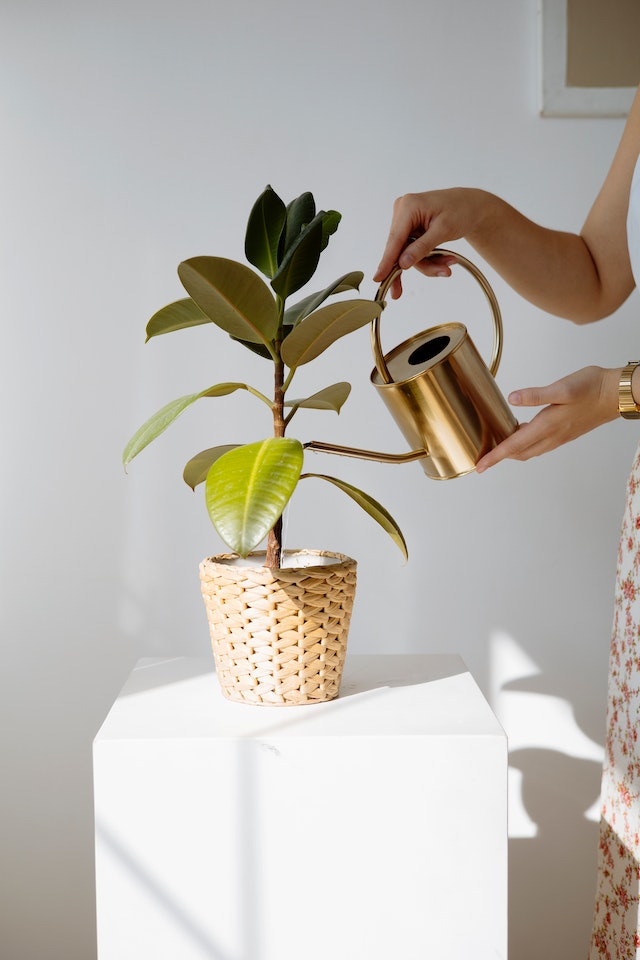
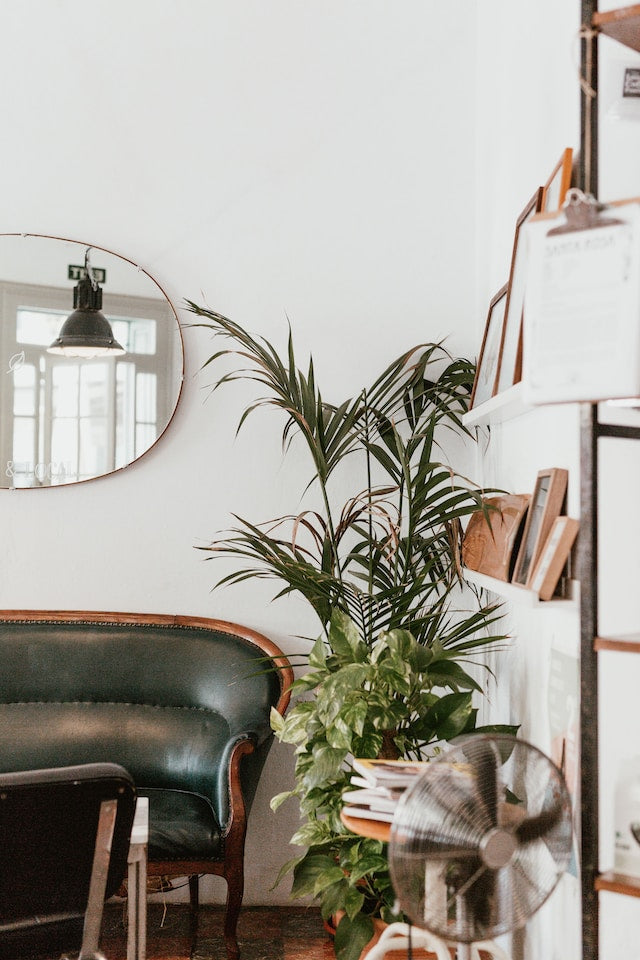

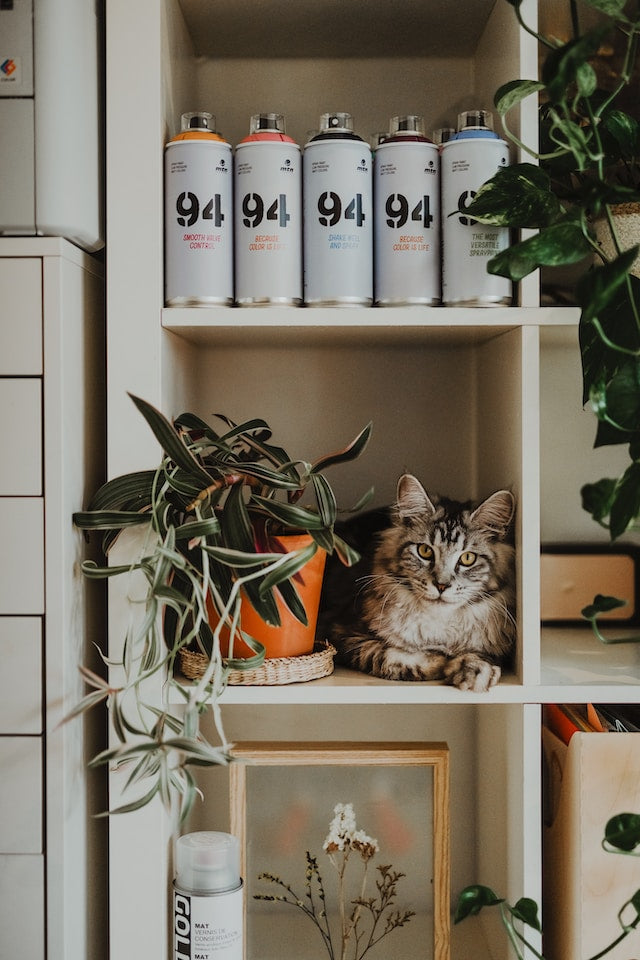

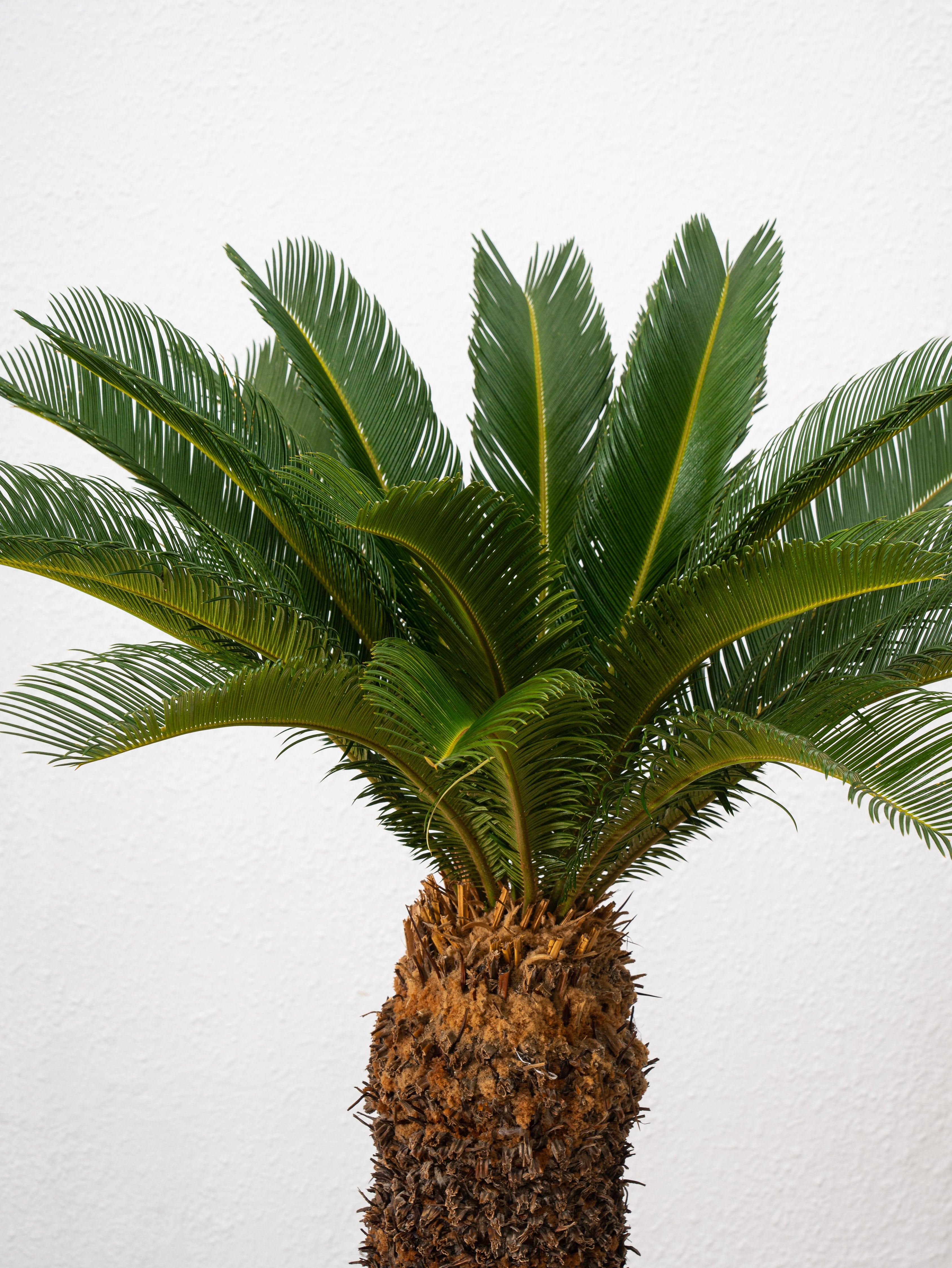
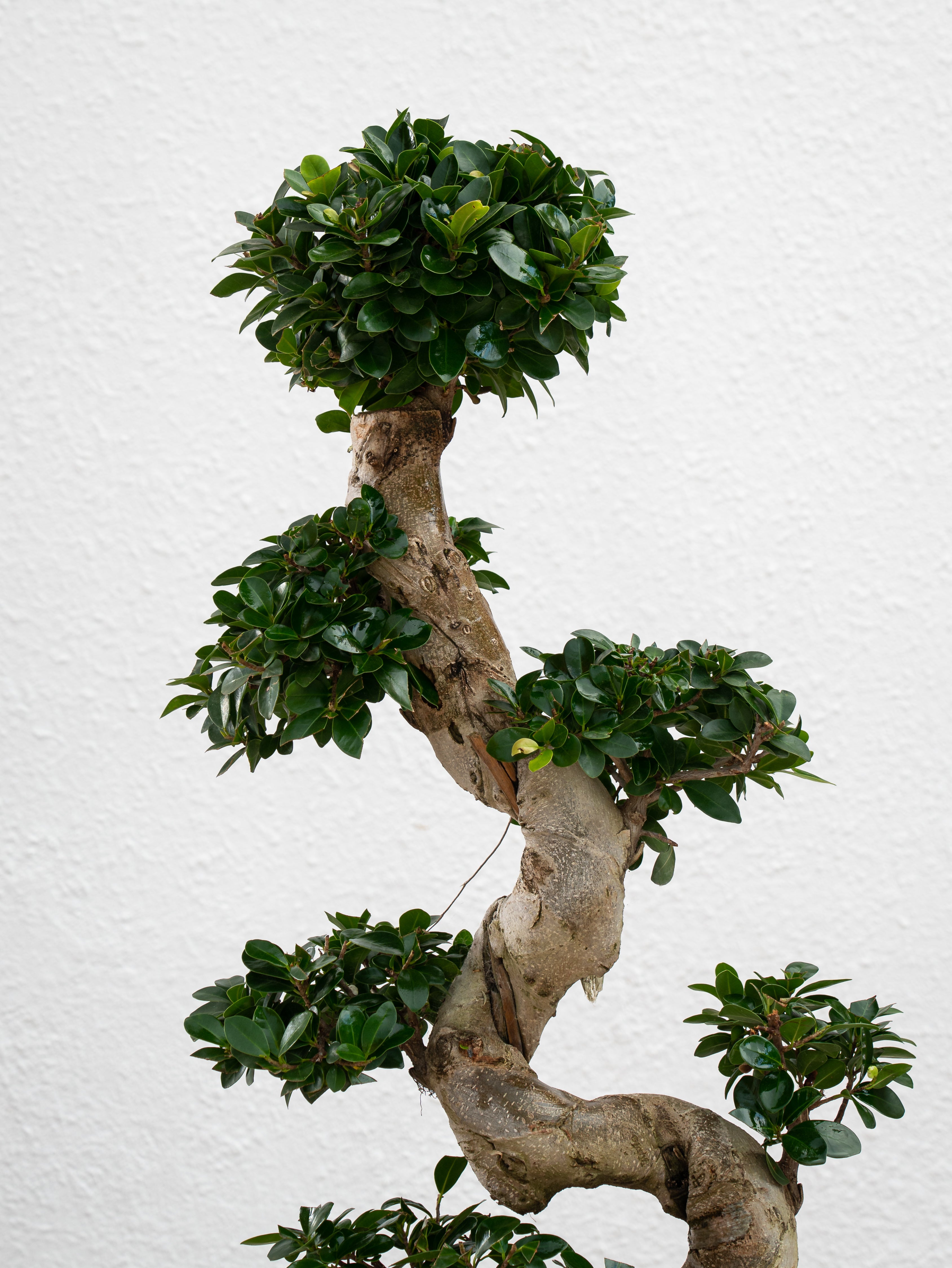
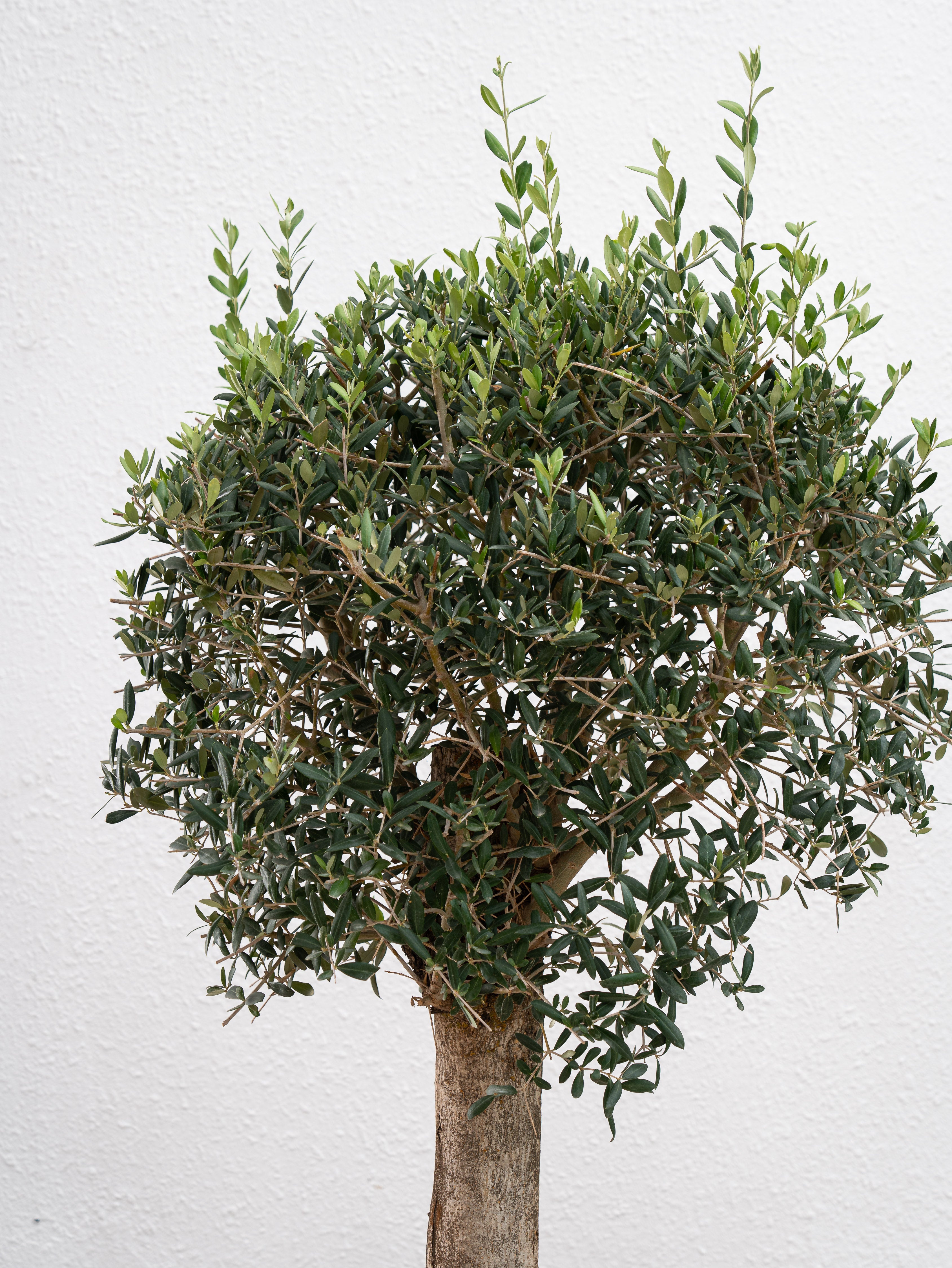
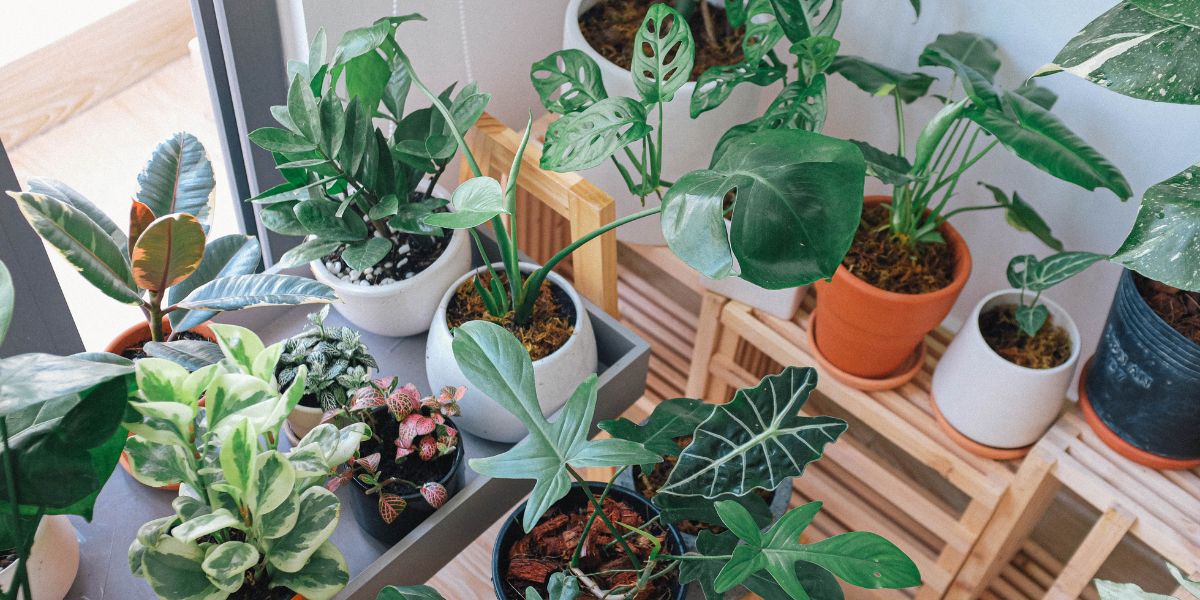
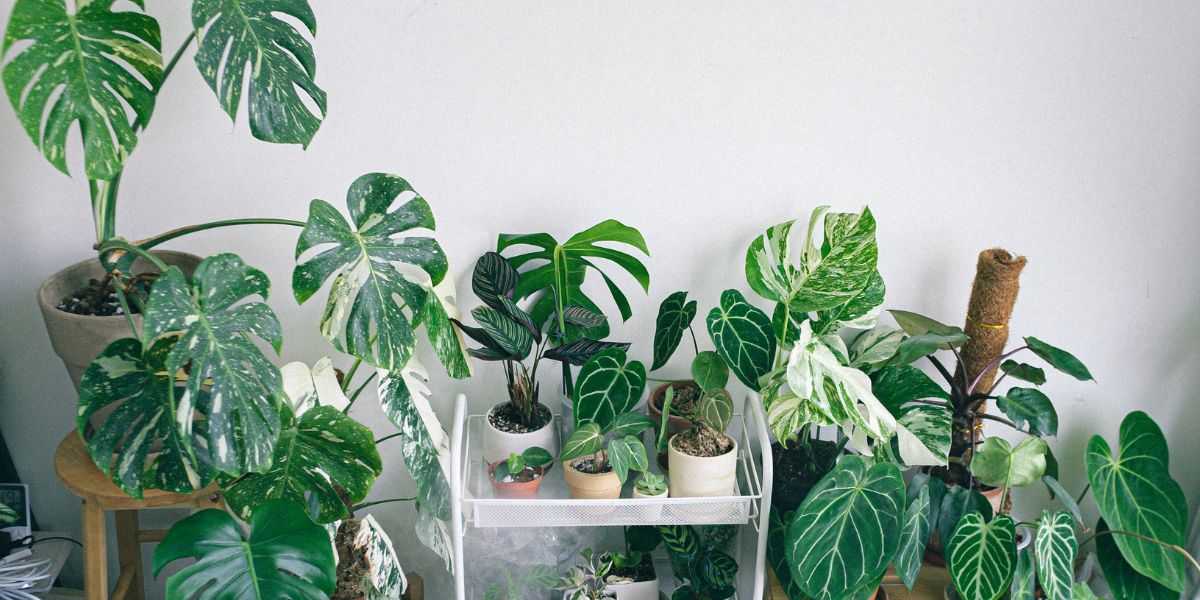
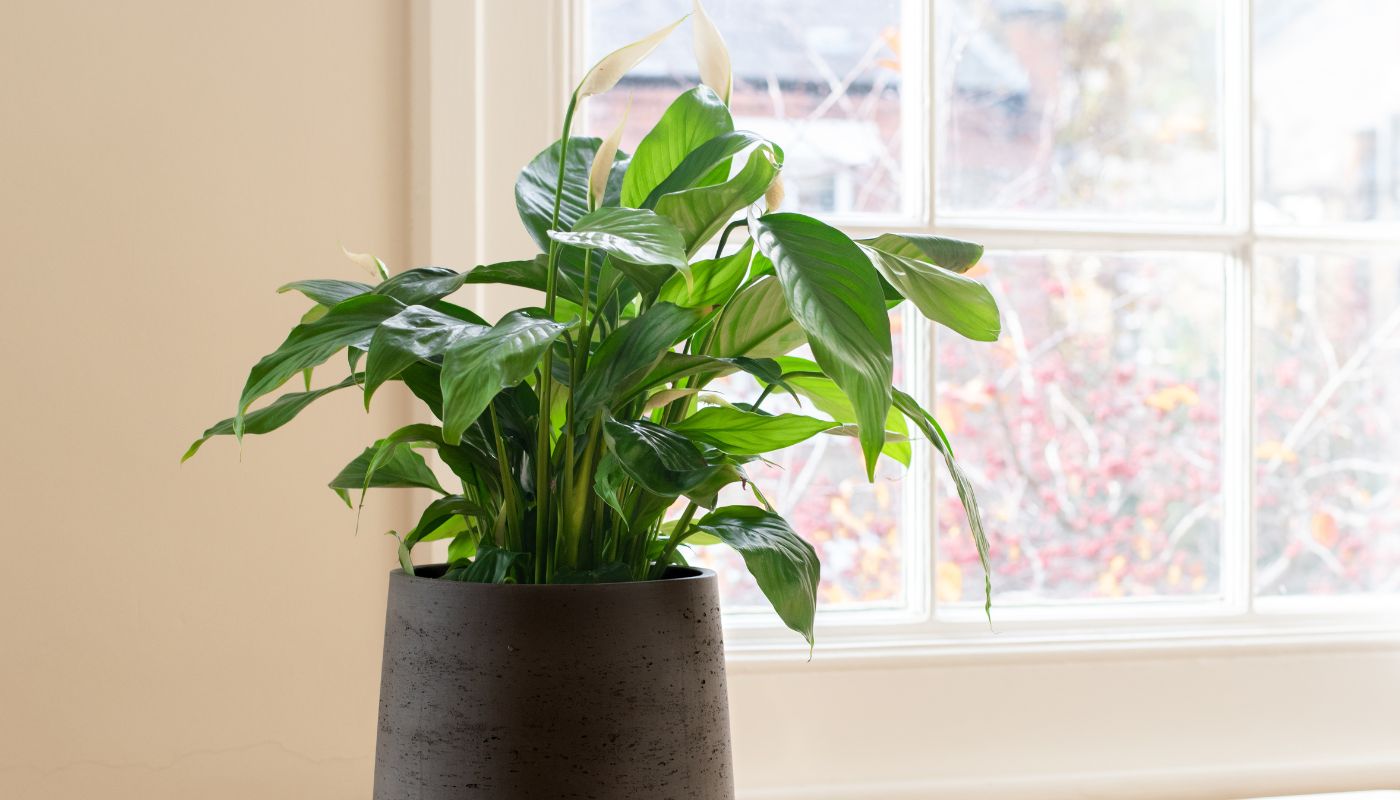
Leave a comment
This site is protected by hCaptcha and the hCaptcha Privacy Policy and Terms of Service apply.